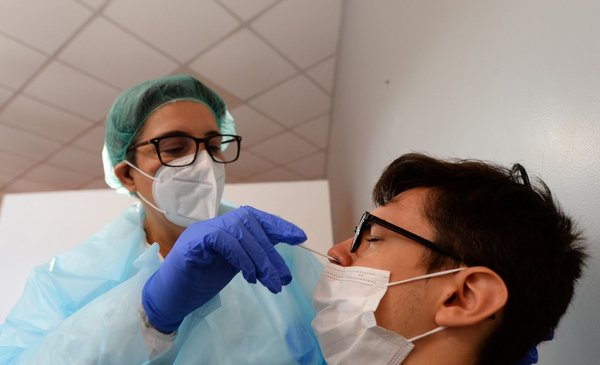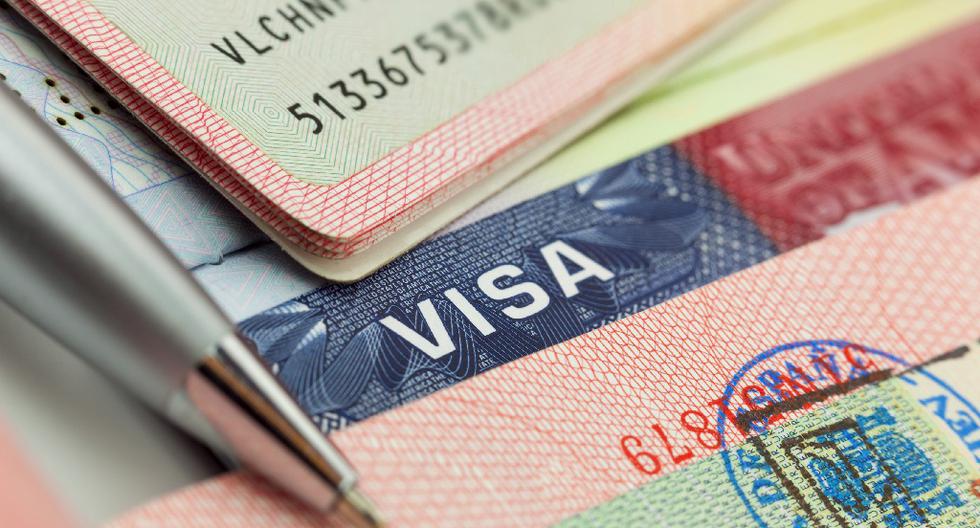“Many of those investments (which were made in the electricity distribution companies –EDE-) were fictitious; they served to justify cost overruns, compensation and benefits to suppliers and contractors linked to the previous government and corruption.”
The accusation was made by the Minister of Energy and Mines, Antonio Almonte, in reference to the alleged investments made by the EDEs in the past, but which, according to what he stated, did not contribute to reducing the loss levels of these companies or increasing their efficiency.
Almonte confirmed that the investments of the electricity distributors in the current government have been reduced. However, he pointed out that what must be questioned is why this management, with such a low investment, has managed to reduce the losses of the EDEs, contrary to the past, when multimillion-dollar sums were invested.
He gave the case of Edeeste as an example, where he revealed that for almost 10 years in a row there was a multimillion-dollar investment and that losses were only reduced by less than 1% during that period.
In 2021 the State, through the Unified Council of EDEs, he sued against an alleged criminal network of people and companies that stole more than RD$20,000 million from those companies, after carrying out several audits.
He highlighted that, if distributors were found with average energy loss levels above 34%, when they took office in August 2020, they have managed to reduce the figure to 27.7% last January.
“One of the great tests that the government has had is how to advance in the reform, in terms of managerial efficiency and services, of the distributors. We have increased the number of clients collected by 140,810, we increased the number of invoiced clients by 143,310, collection is maintained at a rate of 95 percent”, he highlighted.
The official, when participating in the Free Dialogue of this newspaper, specified that the government has reduced the transfer of subsidies to the electricity sector, “which means that it is not true that the EDEs have had a run for the worst, but rather the opposite” .
The government subsidy transfer to the electricity sector fell substantially last year, compared to 2020, going from RD$63,331 million to RD$42,698 million in that period. In 2019 the amount was RD$105,481 million, according to data from the Ministry.
He indicated that the improvements achieved are still “very insufficient” and far from optimal, it is also “quite distant” from what prevailed three years ago.
“We recognize that we have to make more investments and we are going to do it. One of the central points of the government this year is the reform of the distributors, which means raising the managerial capacity, quality of service to the public, provision of a greater number of transformers, meters and networks in the companies and raising the collection. It is the center of a special plan that we have designed for this 2022 ”, he explained.
He reported that for this year they will double the investments in the purchase of transformers, networks and meters for electricity distributors.
The minister maintained that the EDEs have had decades of political clientelism and absolute discretion in operating expenses.
“We found an employee payroll of more than 8,700 people and today we have 7,500. It is not the number we are looking for, because according to studies, the figure should be around 3,000 or a little more, but going down from 8,700 to the ideal number is a stretch that has many implications: economic (payment of benefits), social and the functioning of the distribution companies, which are structured at the national level”, he recognized.
“One of the great tests that the government has had is how to advance in the reform, in terms of managerial efficiency and services, of the distributors”Minister of Energy and Mines
Generation fuels
The international increase in the prices of fuels for generation (mineral coal and natural gas) is affecting the electricity distribution companiesbecause the cost at which they buy energy increased by 22% between January 2021 and the same month this year.
“The price of energy sales went from 13.53 cents of dollars per kilowatt-hour in January 2021 to 15.07 in January 2022. This difference cannot be passed on to the consumer at once for multiple reasons: because we know that the rate, according to the Electric Pact, has a level of movement a little slower than what this type of price changes means, “explained Almonte.
cold demand
The Minister of Energy and Mines announced that the government is working so that by the end of 2024 or the beginning of 2025 there will be 2,000 new megawatts in the country’s electrical system, enough to supply peak demand at any time and have a “cold reserve”.
The “cold reserve” are those plants that are able to operate, but for market reasons they are kept off until they receive the order to turn on, the official explained.
“All the countries that are minimally well dimensioned in the electricity sector have a cold reserve of between 10 and 15 percent of the maximum annual demand. This is established as a reserve in one or several plants, so that in the event of a malfunction or something in one of the plants in operation, they come in and the country doesn’t even know about it, ”he added.
He argued that the national electricity system has never had a cold reserve.
The head of Energy and Mines added that to counteract this, the government has submitted several tenders for the construction of two power generation plants in Manzanillo and generators installed on barges.
Exploration hydrocarbons Y mining
Antonio Almonte reported that the company Apache Corporation is progressing “very positively” in the exploration works of hydrocarbons in the San Pedro de Macorís basin, through the use of specialized ships.
“They have already obtained a lot of information from that data, according to the reports they send us, and the exploration continues. For weeks we’ve had ships doing explorations, they come and go. Even, on some occasions, technicians from the Ministry have worked with them in all the exploration measurements”, he revealed.
He said that the institution is working to organize other watershed auctions, out of some five in the country, where there are different signs of potential for hydrocarbons. Those blocks are Azua, Enriquillo (in Barahona), San José de Ocoa and Cibao, he detailed.
Meanwhile, the Vice Minister of Mines, Miguel Díaz, consulted on the Romero mining project, located in San Juan, specified that it is designed to last eight years of exploitation, during which time 1.4 million ounces of gold would be extracted from the 2.8 million that the deposit is estimated to have.
“But that does not mean that after eight years the project will close. That deposit is 300 meters below the surface; a well would be opened and everything would go up there. Cyanide is not going to be used in this project,” he said.
On the subject, Minister Almonte said that a comprehensive environmental impact study of this project must be carried out and that the result must be debated and known and will indicate what will be done.
“It is not the individual opinion of an expert, but the concrete evidence of an investigation. Thus, the criteria of the consequence of an environmental impact study of a mining project are determined. The project also requires a kind of social license; we are working together with the Ministry of the Environment on this issue”, he stated.








